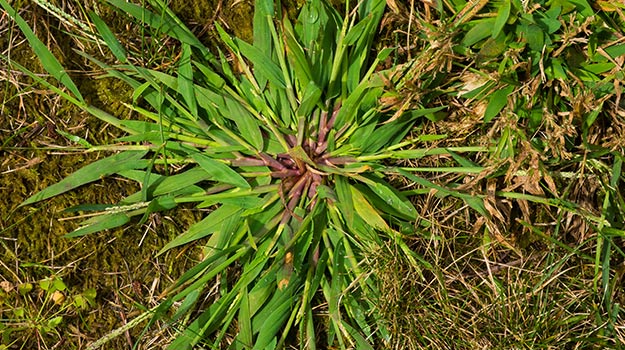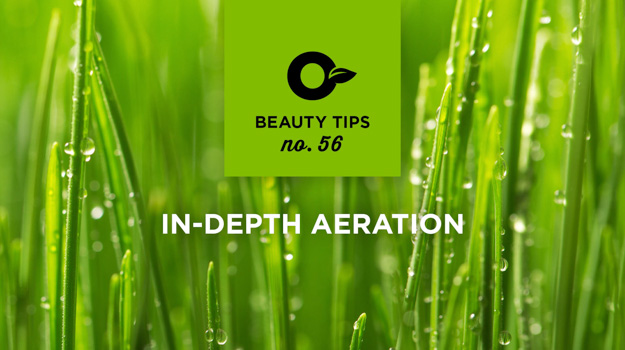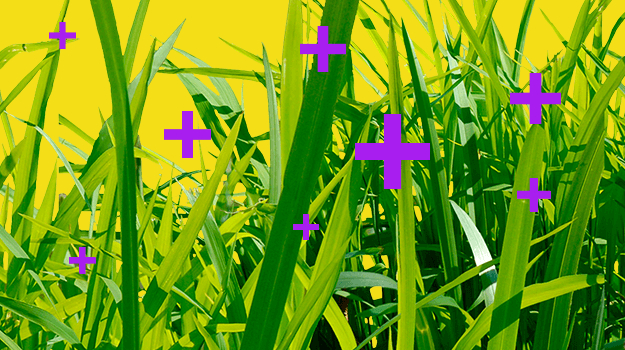
Crabgrass is a pesky weed that can destroy the appearance of the most carefully tended lawn. Although it is an annual weed, crabgrass acts like a perennial because it leaves a generous number of seeds behind at the end of the growing season.
In fact, one plant can produce as many as 150,000 seeds that lie in wait until they burst forth with new growth in spring.
Getting rid of crabgrass is no picnic
It takes real dedication and persistence to get the upper hand. Don’t wait; controlling crabgrass is tedious, but the longer you delay, the worse it gets.
The following tips may help:
- Keep your lawn healthy. Set your mower at a healthy height to avoid scalping. Water deeply and infrequently and avoid shallow watering, which weakens the roots. Fertilize regularly. Aerate or dethatch your lawn as needed.
- Rake your lawn before mowing. If the crabgrass stands upright, your mower will remove more of the seedheads.
- Mow with a grass catcher. Although it’s a healthy practice to let clippings decompose back into the soil, it’s important to remove as many seedheads as possible when crabgrass is present. Don’t put the clippings on your compost pile unless you’re sure the compost gets hot enough to kill seeds and prevent germination.
- If you have a little time to kill, you can always use a dandelion fork or serrated knife to pull up the pesky weeds. You may be surprised what you can accomplish in several 15- or 20-minute sessions.
- If the crabgrass is out of control, a pre-emergent product applied just before seeds germinate in late winter or early spring is the best weapon. Pre-emergents create a protective shield on the surface of the soil, thus preventing germination. The window for application is short and pre-emergents are most effective when the soil temperature is about 52 F. (11 C.). However, slightly early is better than too late.
- Apply crabgrass killer if you missed the window for pre-emergents. Be sure the product is selective and read the label carefully; some weedkillers may kill your lawn if used incorrectly. Also, light applications applied frequently are more effective than heavy applications.
- Overseed bare spots left by weed removal. Crabgrass is persistent and will quickly return to fill those empty spaces in your lawn.
- Corn gluten meal may be a helpful treatment for crabgrass, dandelions and other broadleaf weeds.



